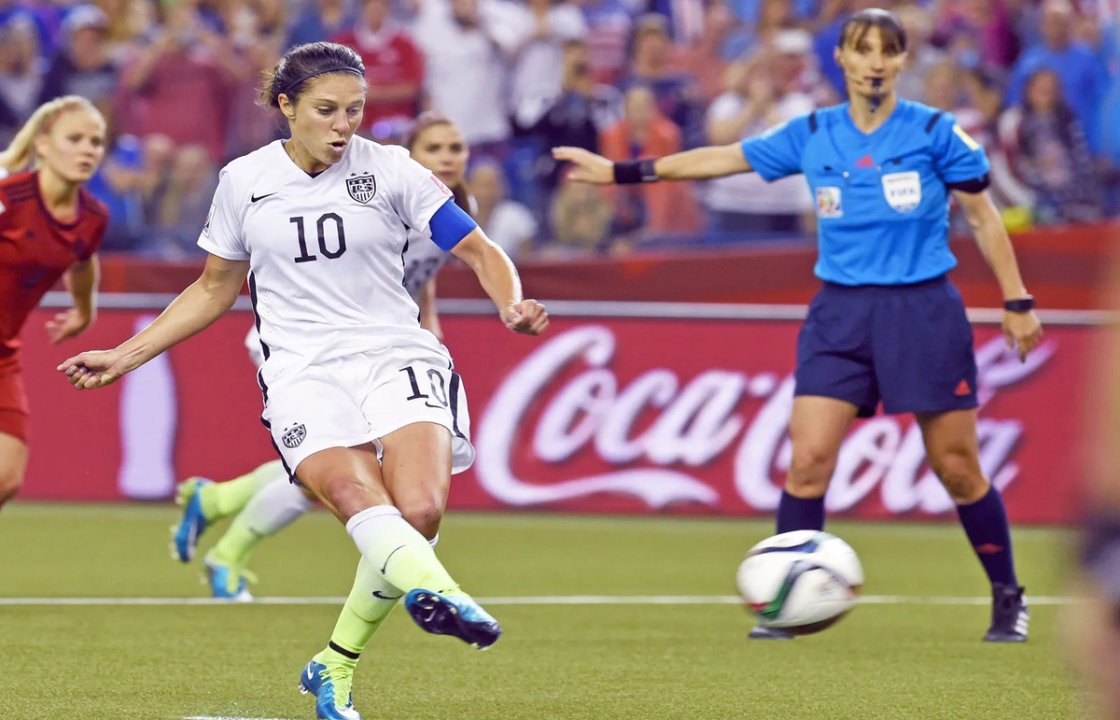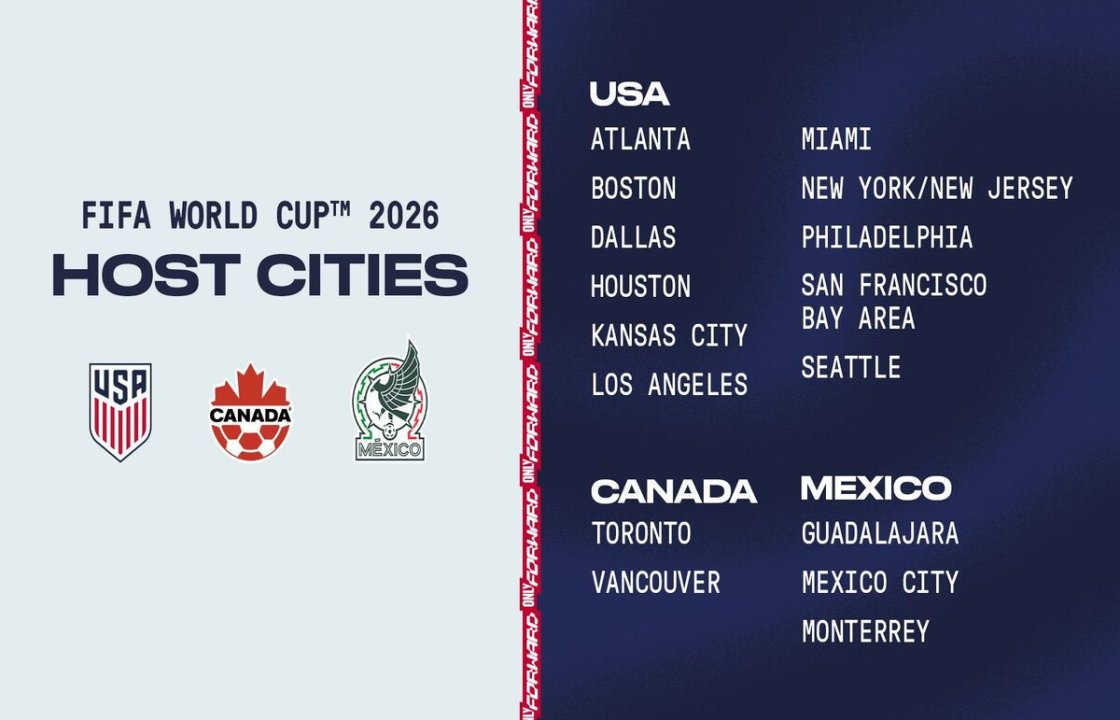Soccer in the U.S. is evolving, blending innovation and professionalism to transform the sport's future.
From Grassroots to Global Stage: How Modernization is Shaping U.S. Soccer
Over the past few decades, soccer has dramatically transformed in the United States, moving from a fringe sport to a rapidly growing and respected part of the athletic landscape. This shift is largely due to the modernization and professionalization of the game, both on and off the field. As soccer gains more popularity, strategic investments in infrastructure, technology, and player development are shaping the future of the sport in America.

A key driver of soccer's modernization is the rise of Major League Soccer (MLS) and the emergence of other professional leagues, like the National Women's Soccer League (NWSL) and the newly formed USL Championship. The growth of these leagues has not only expanded the talent pool but also increased the quality of competition. MLS franchises are increasingly signing international stars, improving stadium experiences, and investing in youth academies. Additionally, higher TV deals and corporate sponsorships have elevated the sport’s visibility and financial stability, contributing to a more professional environment for players and fans alike.
One of the hallmarks of modernization in U.S. soccer is the adoption of cutting-edge technology. Video Assistant Referee (VAR) systems, advanced performance analytics, and real-time health monitoring tools have enhanced the quality of the game. Teams now rely heavily on data-driven decisions to optimize player performance and game strategies. Wearable technology tracks player movements, while AI-powered analysis tools help coaches and teams make better decisions during and after matches. Beyond the field, fan engagement also benefits from technology, with streaming services, social media, and mobile apps giving fans unprecedented access to games, statistics, and behind-the-scenes content.

The professionalization of soccer in the U.S. is also evident in the focus on developing young talent. Clubs across the country have built sophisticated youth academies, offering aspiring players pathways to professional careers without having to leave the country. The U.S. Soccer Development Academy (DA) program and the U.S. Youth National Teams have furthered this push by creating clear developmental pipelines for young players. Programs like these emphasize advanced coaching, competitive environments, and international exposure, ensuring that young American players are better prepared for the demands of professional soccer.
Moreover, many clubs are now incorporating European-style scouting and training methods, which are proving successful in helping U.S.-born players compete at the highest levels internationally. From grassroots clubs to college soccer programs, the sport has gained legitimacy as a serious career option for young athletes in the country.

The professionalism of U.S. soccer is also evident in the strides made towards gender equality. The U.S. Women's National Team (USWNT) has long been a symbol of excellence, winning multiple World Cups and Olympic titles. This success has driven investment in women’s soccer and led to the professionalization of the NWSL, which is becoming one of the strongest women’s leagues in the world. Initiatives aimed at increasing visibility, sponsorship, and pay equity are helping to elevate the sport's profile for women in the U.S.
As soccer continues to grow, so does its fan base. Once considered a niche interest, soccer fandom in the U.S. is now mainstream. From passionate supporter groups for MLS teams to the rise of soccer culture through podcasts, blogs, and social media influencers, the sport has captured the attention of a diverse demographic. Major international tournaments like the World Cup and the UEFA Champions League have also boosted soccer’s popularity in the U.S., drawing larger television audiences and creating new generations of fans. Media outlets are dedicating more airtime to soccer, helping to build excitement and solidify the sport’s place in American culture.

The 2026 FIFA World Cup, co-hosted with Mexico and Canada, will be a milestone in the modernization of U.S. soccer. This event promises to further solidify soccer’s standing in the U.S., with preparations already underway to modernize stadiums, boost infrastructure, and ensure world-class fan experiences. The World Cup will shine a global spotlight on the progress made by U.S. soccer, and it is expected to inspire millions of new fans and players, further fueling the sport’s growth.
The modernization and professionalization of soccer in the U.S. are setting the stage for an exciting future. With growing investment in talent, technology, and infrastructure, the country is poised to become a major player on the global soccer stage. As the sport continues to evolve, fans and athletes alike can expect to see even more progress, with the 2026 World Cup acting as a pivotal moment in the sport’s history in America. Soccer is no longer just a growing sport in the U.S.—it is becoming a force to be reckoned with.




